The 10 Best UX Design Strategies for Healthcare Websites
The best healthcare and hospital websites provide user experiences that are trustworthy, easy to navigate, and accessible to a wide variety of users of differing physical and cognitive abilities — from patients to providers and everyone in between.
Those are lofty goals, so how can you achieve them?
Here are 10 of the top design strategies and elements that will help your organization get on the path to better, more meaningful user experiences.
1. A Hero That Establishes Instant Trust
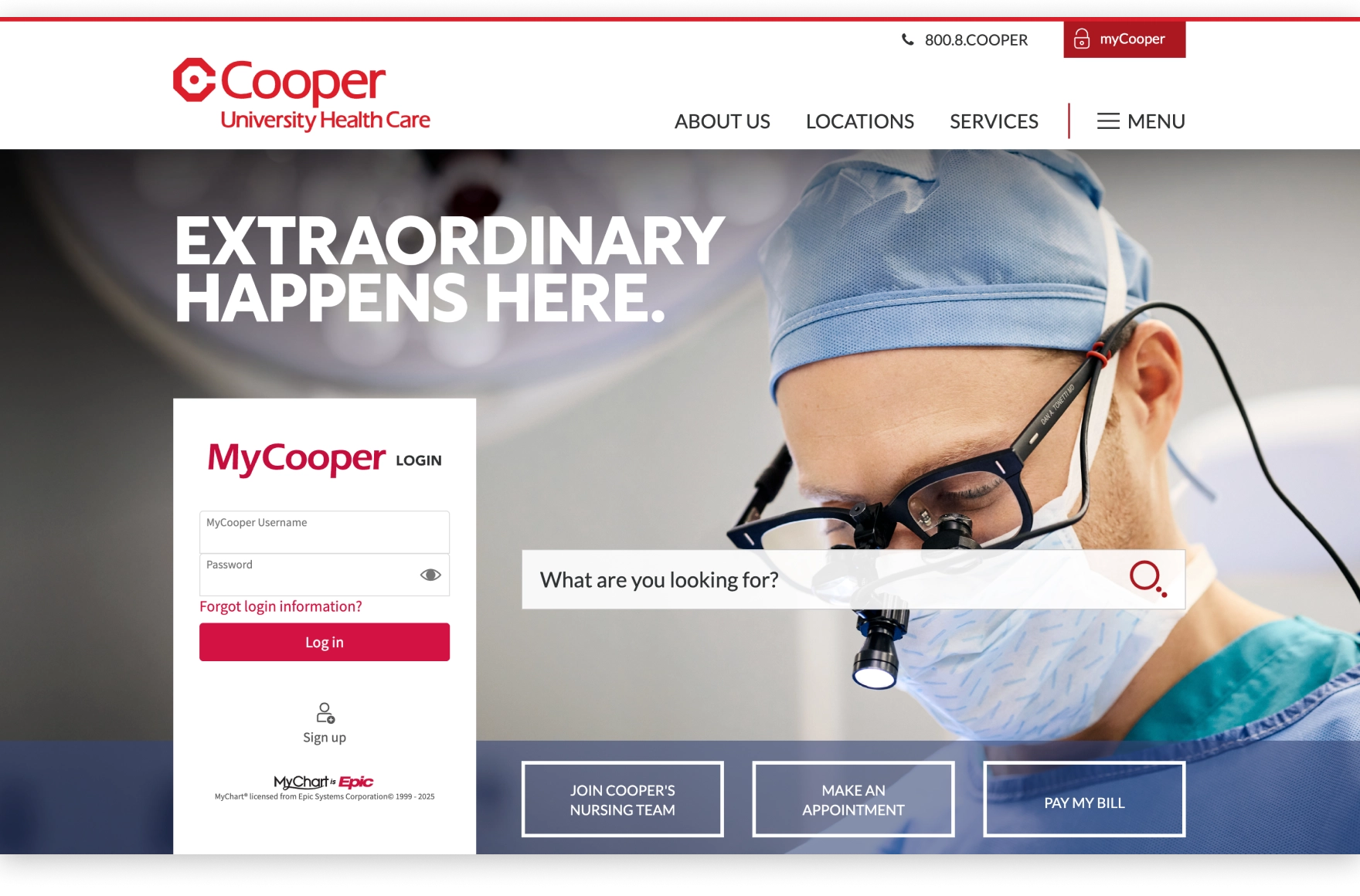
The hero section — or first visible area — of your homepage is the most valuable piece of digital real estate you own as a healthcare provider. It makes an invaluable first impression, establishes your credibility, and sets the tone for the connections you’re trying to make with users. So it’s fair to say you’ll want to use it wisely.
The copy and imagery you use in the hero section must quickly and clearly communicate what sets your organization apart from peer providers and why a patient should trust you with their care.
MEANINGFUL WINS:
- Creating a strong and clear value proposition that communicates who you are, what you offer, and why it matters in one concise headline and subheading.
- Using patient-centric language that focuses on user needs and outcomes instead of internal or medical jargon, and speaking in the second person as much as possible. For example, using “You’ll feel better, faster” instead of “We provide urgent care.”
- A clear primary call to action (CTA) that makes the immediate intended next steps very obvious: “Find a Doctor,” “Schedule an Appointment”, or “Start Your Visit Now”.
2. Audience-Specific User Journeys
Source: Temple Health
Healthcare site users typically land on your site with highly specific and sometimes urgent needs that can vary drastically by audience type. When you immediately acknowledge “You’re a patient,” “You’re a provider,” or “You’re a caregiver” — and speak to them in relevant language — it shows a level of empathy and understanding that is essential for establishing trust and emotional connection in a healthcare environment.
MEANINGFUL WINS:
- Mega menus or hub-style navigation that efficiently guides visitors through user journeys tailored to their roles and objectives, reducing the decision fatigue and cognitive overload that comes from making excessive redundant or irrelevant clicks.
- A “sticky” (aka persistent) search bar
- Prominent, logically placed CTAs for audience-specific actions like scheduling appointments, logging into patient portals, or using live chat features.
3. A Find-a-Provider Tool
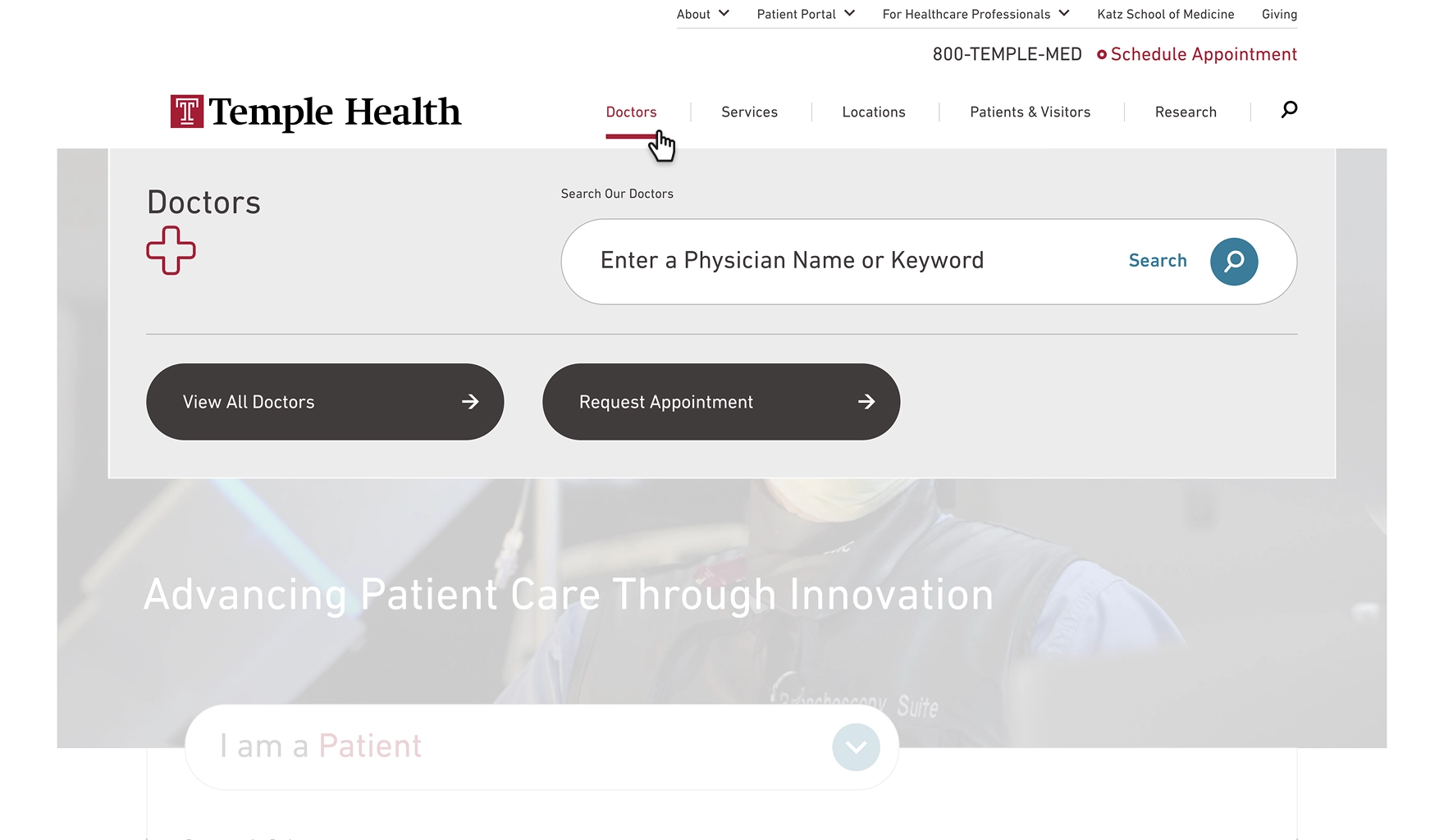
This is arguably one of the most important features on a healthcare website because it bridges the gap between user needs and action. Not only does it empower patients to quickly connect with providers who meet their personal, medical, and logistical needs, it eases the administrative burden on your support staff and reduces conversion dropoffs.
Are your users looking for a dermatologist who speaks Spanish and offers Saturday office hours? Or a cardiologist who specializes in a rare genetic heart valve disorder? A properly designed Find-a-Provider tool solves all of these issues and more.
MEANINGFUL WINS:
- Filtering options by specialty, location, new patient/insurances accepted, gender, and languages spoken
- Profiles with photos, credentials, bios, patient reviews, and multiple contact options
- Integration with easy appointment scheduling for existing and new patients
4. A Centralized Provider Directory
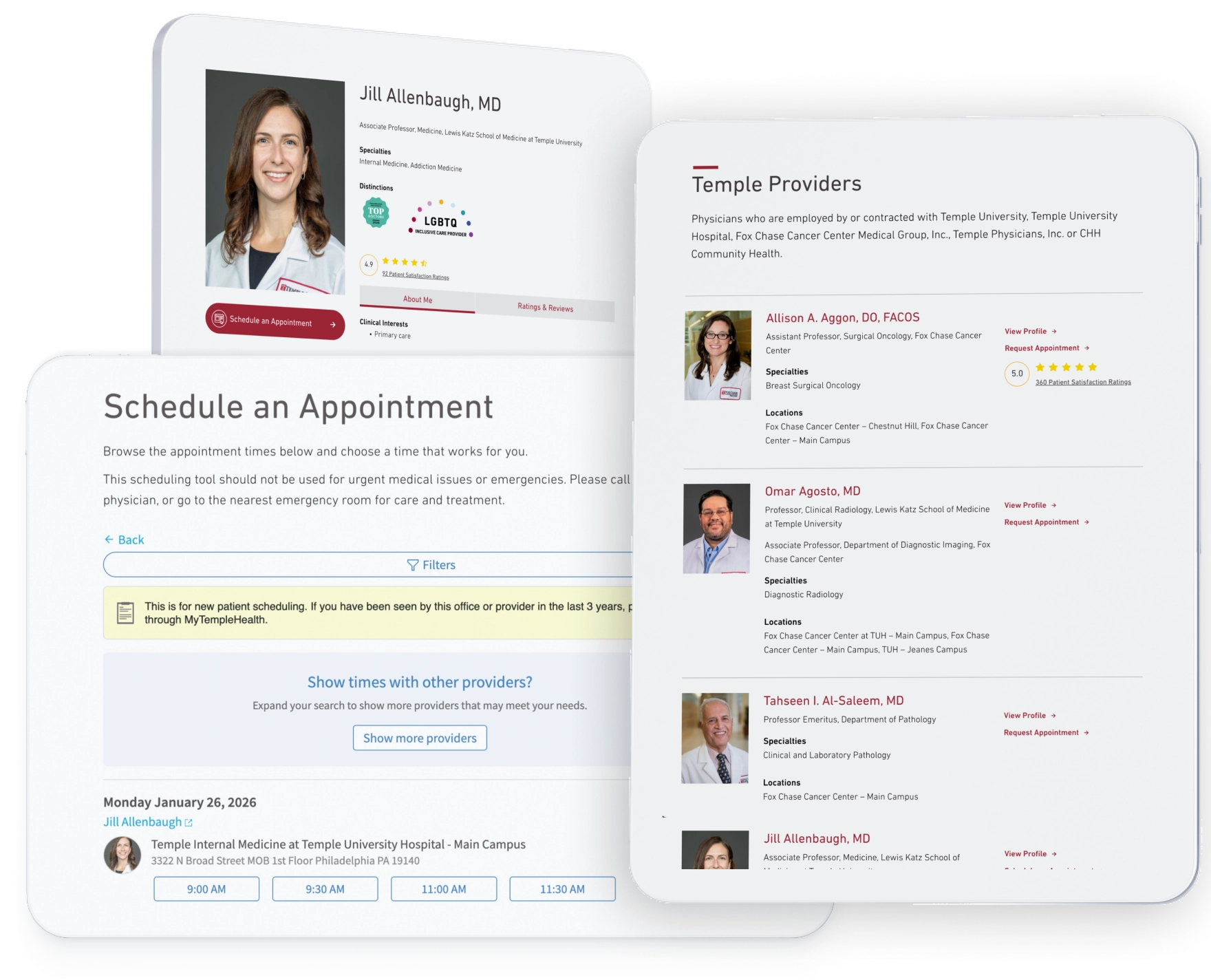
Among the most effective ways to optimize a healthcare website, creating a centralized provider directory is near the top of the list. It can enhance everything from search visibility to user experience and even contribute to better patient outcomes. Simply put, it’s a smart move on every level.
For a full discussion on this topic, read Hospital System Website Checkup: Have You Centralized Your Provider Database Yet?
MEANINGFUL WINS:
Seamless integration with other platforms, such as:
- Electronic Health Records (EHR) and Electronic Medical Records (EMR) — This enables better coordination of care through real-time access to provider schedules, patient records, and relevant clinical data.
- Billing — By linking physician details with visit details, billing codes, and payer contracts, you can help ensure more accurate claims submissions and minimize denials.
- CRM Tools — This can help you sync physician engagement data to personalize patient communications, track referrals, and better manage relationships holistically.
5. Smart Internal Search
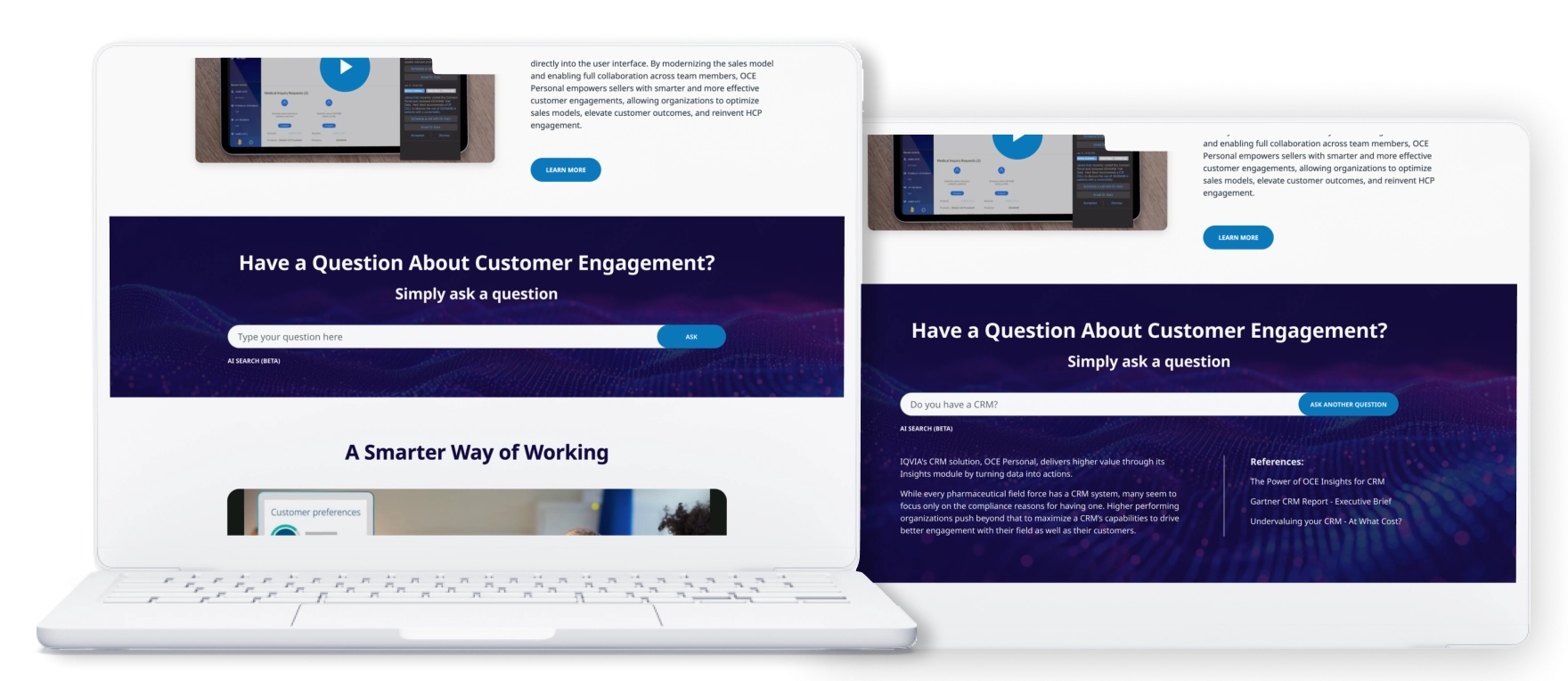
On-site search results often simply miss the mark on accuracy, especially for larger healthcare websites with hundreds of pages. If users can’t find relevant results, they’ll quickly go elsewhere — in many cases, that means back to Google or another preferred search engine — even if the information they seek lives on your site.
MEANINGFUL WINS:
- Incorporating generative AI-driven solutions, along with predictive or autocomplete features
- Adding clarity to search results by including meaningful labels like “Providers,” “Services,” or “Articles”
- For 404 Error/No results found pages, offering helpful links to suggested related pages. You don’t want users left in a dead end when they need important information quickly.
For more on this topic, read How to Optimize Your On-Site Search Experience.
6. Persuasive Statistics
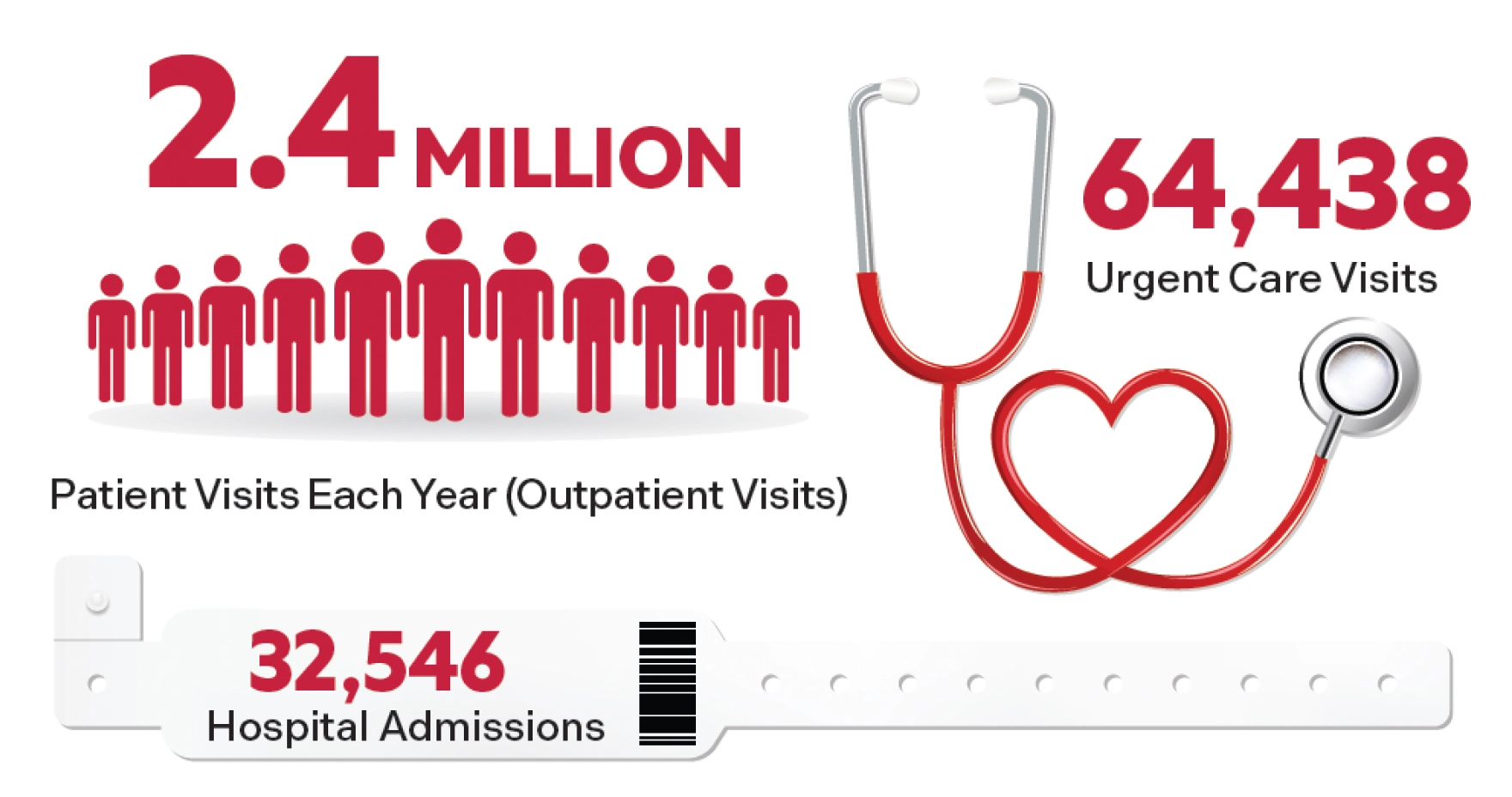
When used correctly, statistics are particularly effective in building credibility. They offer objective, data-driven proof of treatment effectiveness, provider experience, or care quality, and they help visitors feel confident in the competence and success of your practitioners or organization as a whole.
By showing measurable results and demonstrating authority and expertise, you can appeal to users’ sense of logic and rational decision-making, which is especially important in the world of high-stakes healthcare decisions.
MEANINGFUL WINS:
- Citing respected, well-known sources
- Highlighting very recent high-profile professional awards, noteworthy industry accreditations, and individual provider achievements within niche areas of expertise
- Using accessible charts, infographics, or icons to make stats quick and easy to understand
- Avoiding overly selective or exaggerated stats that stoke feelings of mistrust; whenever possible, tie data to clear user benefits and show how it compares to regional or national industry benchmarks
7. Impressive Testimonials
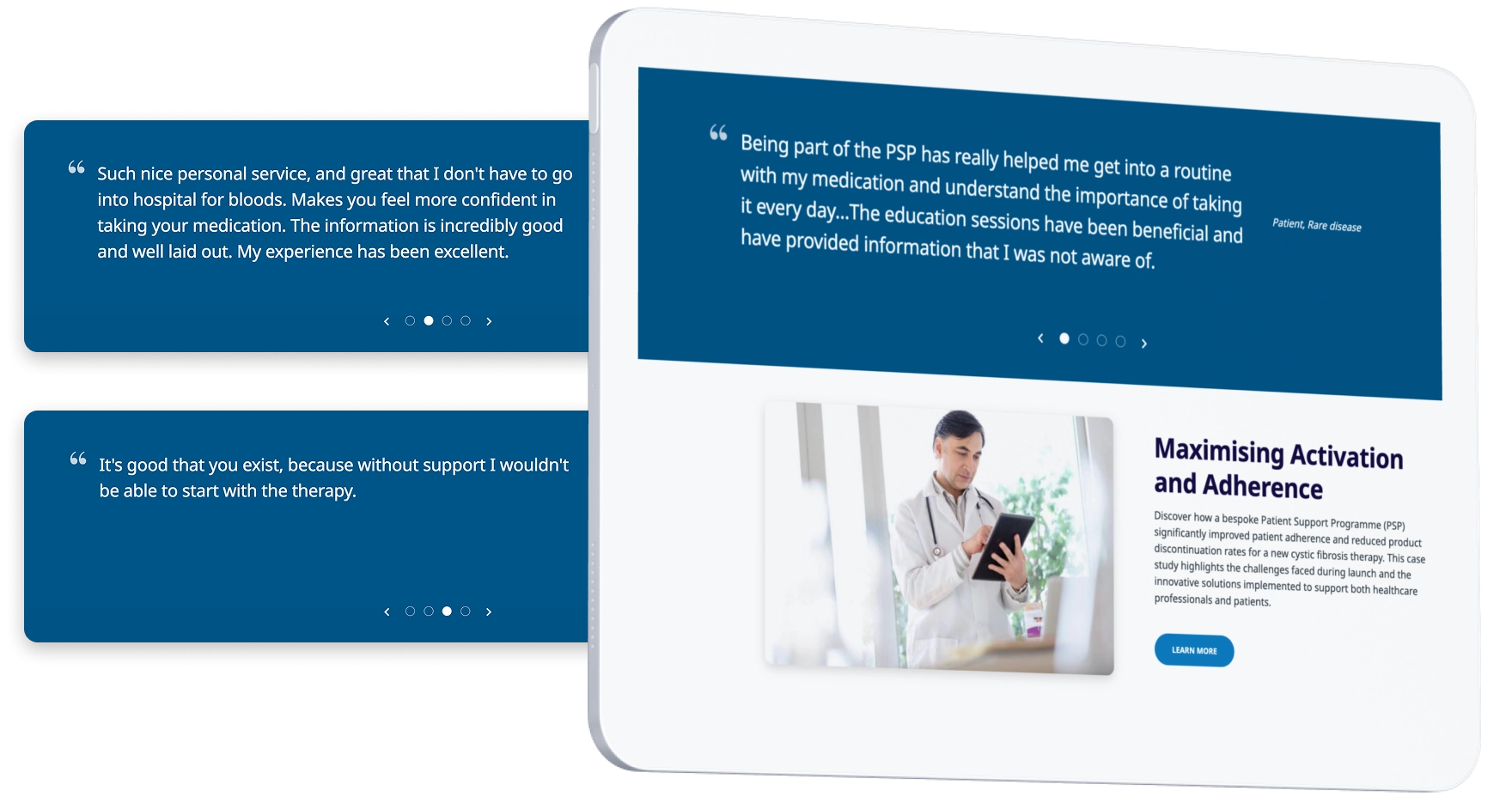
Testimonials offer personal, emotional reassurance by highlighting real-world patient experiences and outcomes. They humanize your brand and make your care feel accessible and compassionate. By leveraging the social proof inherent in these relatable stories, you can build emotional connections, reduce anxiety, and infuse authenticity into the user experience.
MEANINGFUL WINS:
- Quotes that are highly relevant to specific services, offerings, or topics
- Anecdotes from very recent experiences; older reviews or outdated opinions can work against you, as conditions, providers, and quality of care can change over time
Statistics validate performance. Testimonials reflect experience. Used together, they are powerful decision drivers in healthcare settings, where facts and feelings play equally important roles.
8. Reassuring Visual Design
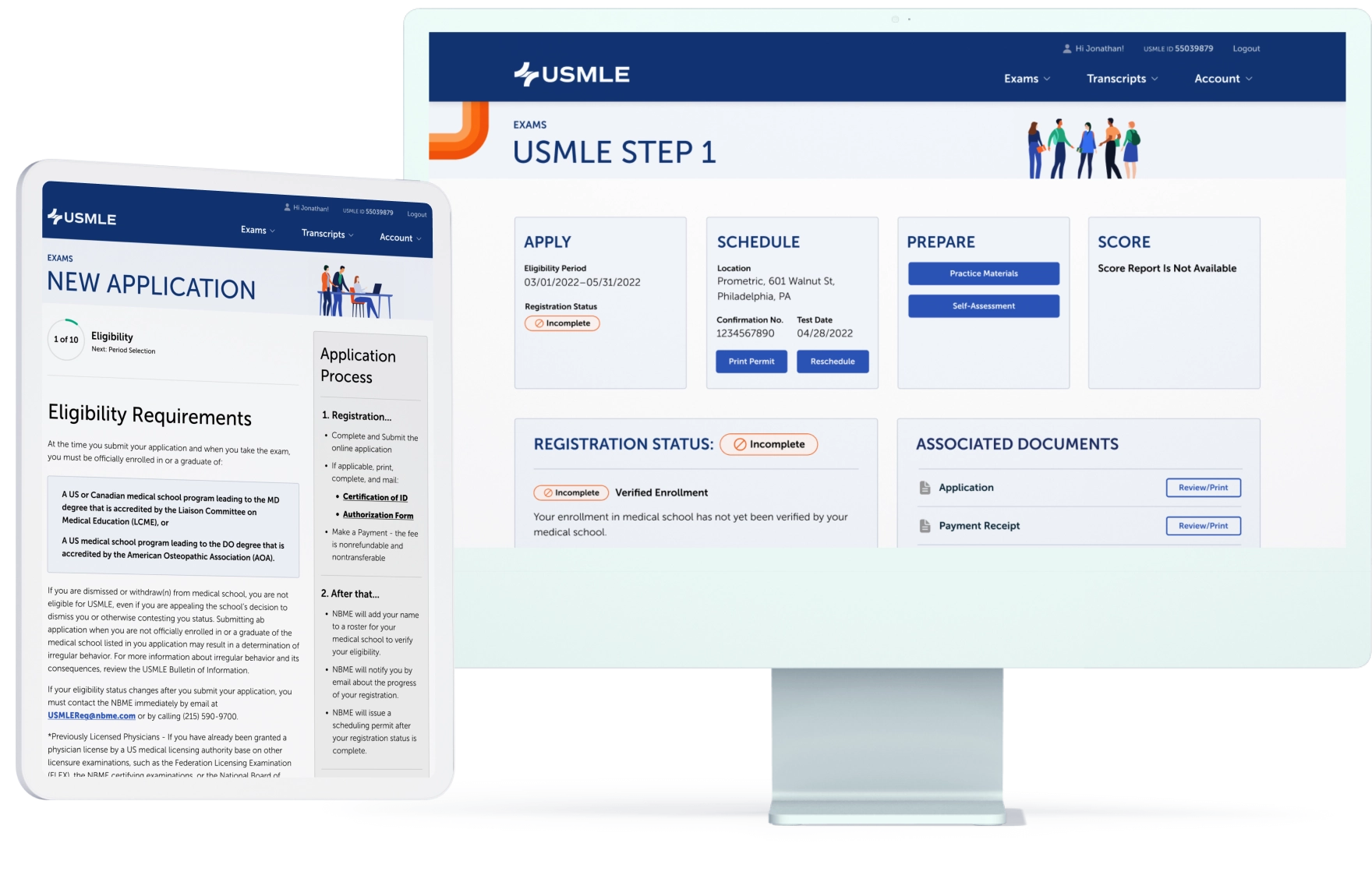
In healthcare, the right visual design does more than make a site look good. It builds trust, guides patients to critical information, and ensures accessibility for all users. Clear, inclusive design practices can reduce user stress, support their decision-making, and ultimately help them connect with the care they need faster.
When developing the visual strategy for your site, you’ll want to lean into a clear information hierarchy displayed via clean layouts, consistent brand elements, and calming hues — using bold reds and sterile whites sparingly as accents.
MEANINGFUL WINS:
- Using ample negative space and minimal clutter to help stressed or time-pressed users focus on key information
- Incorporating high-quality images of diverse groups of people engaged in warm interactions rather than overly contrived or clinical stock imagery
- Reflecting your actual facility, care spaces, and community as accurately as possible
9. A Commitment to Accessibility
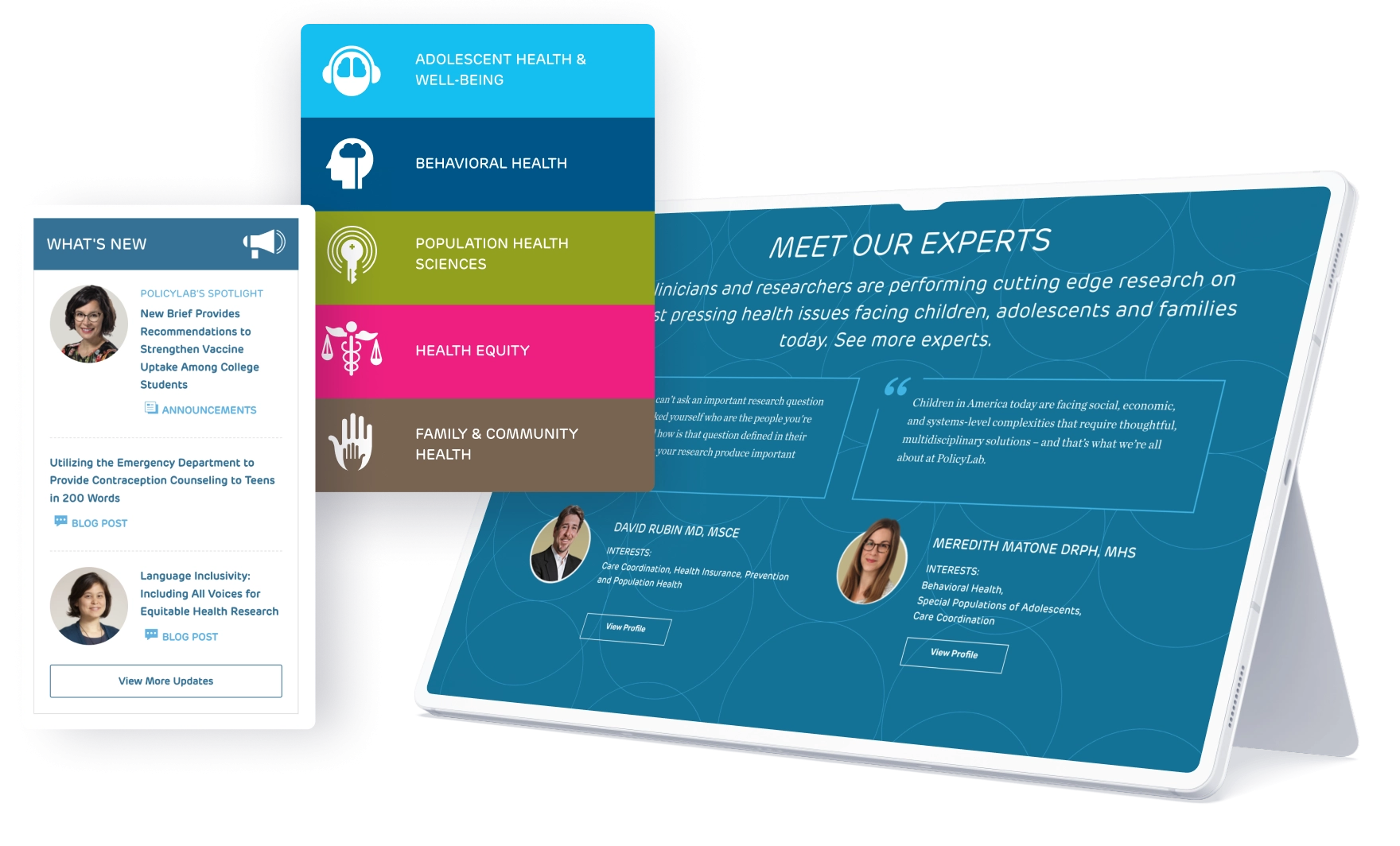
While accessible design is required by law for any website, it’s particularly important in the healthcare industry, where patients, caregivers, and providers go for vital and sometimes even life-or-death information. Creating an accessible UX ensures that everyone (regardless of ability, language, or device) can find, understand, and act on the information you provide without barriers. In the process, you will not only meet ADA requirements, but you will also build trust, support health equity, and positively shape patient outcomes.
MEANINGFUL WINS:
Seamless integration with other platforms, such as:
- Readable typefaces and strong contrast between background and text colors
- Large, legible fonts and clear headings written in plain language
- A fully responsive, touch-friendly interface that also supports keyboard navigation and screen reader use
- Click-to-call functionality
- Short forms, collapsible sections, and streamlined mobile navigation
- Integrated translation tools and/or multilingual content, where appropriate
For a deeper discussion on this topic, read A Guide to Web Accessibility for Designers, Content Managers, and Developers.
10. Components That Are Specifically Designed to Answer Questions and Allay Fears

Many of your site users are experiencing apprehension or anxiety when navigating your site as they look for answers for themselves or their loved ones. To allay these fears, ensure that your service pages are written in everyday language that clearly explains what the service is, what patients can expect, and how they can prepare for it. When possible, incorporate real-life patient and care team stories.
MEANINGFUL WINS:
- A comprehensive (but not overwhelming) FAQ list — aim for quick, jargon-free hits of answers to users’ most commonly asked questions
- Clear contact and location information
- CTAs for optional “Learn More” resources that lend further clarity to the topic at hand
For a deeper discussion on this topic, read A Guide to Web Accessibility for Designers, Content Managers, and Developers.
How Eastern Standard Can Help
Need help incorporating design elements that meaningfully boost UX for your healthcare website users? Reach out to start a conversation today.



